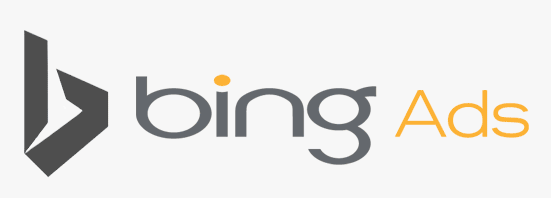

"One of Drupal's most powerful capabilities is the ability to manage content and site configurations using a database. Therein, however, also lays the direct problem of changing the site configurations without overriding content."
Drupal is a well known content management system. Drupal development provides a quality website with enhanced functionality and a robust structure. With the help of Drupal CMS web development, it is possible to design a simple as well as a complex website. It incorporates a number of features in a website. Drupal has a lot of modules to offer that help the websites to add the required functionality. This is why Drupal CMS development is quite popular. Discussed below are some Drupal modules and their features.
General Features
Searching - All content in Drupal is fully indexed and searchable at all times, with an advanced search also available. Additional modules can also provide sortable, faceted search.
Content Types - Are a reusable collection of fields for storing your content, such as a "Story" or "Press Release" or "Job Posting".
Content Fields - Are individual fields for content that store a specific piece of data, such as a numeric price, text field, or image.
Customize Layouts - Drag and drop system that lets you visually place content where you want it to go on the page.
jQuery - Is a free, open-source framework that makes writing JavaScript painless, with hundreds of plugins available. Multi-site -If you are running more than one Drupal site, you can simplify management and upgrading of your sites by using the multi-site feature which allows you to share a single Drupal installation among several sites.
Taxonomy - Is the practice of classification according to relationships. In Drupal, this is one method administrators use to organize content in a web site. Taxonomy is created from ‘Vocabularies’ that contain related 'Terms', and can be free tags or controlled and hierarchical.
Templating - Separates content from presentation allowing you to control the look and feel of your Drupal site. Templates are created from standard HTML and PHP, using CSS (style sheets) for styling.
Views - A flexible method to control how listings of content are presented, filtered, and sorted.
Platform Features - Apache or IIS, Unix / Linux / BSD / Solaris / Windows / Mac OS X Support - Drupal was designed from the start to be multi-platform. Database Independence - Allows the use of different database servers using the same code base.


